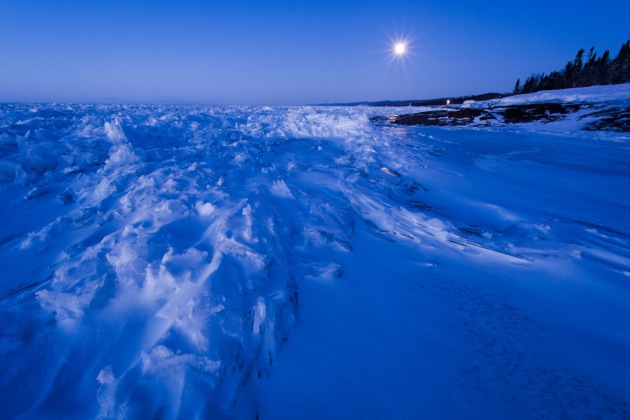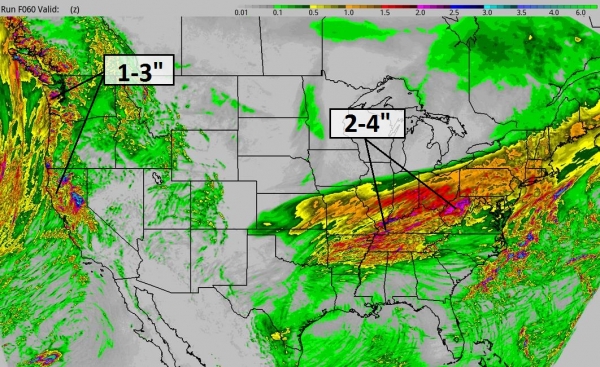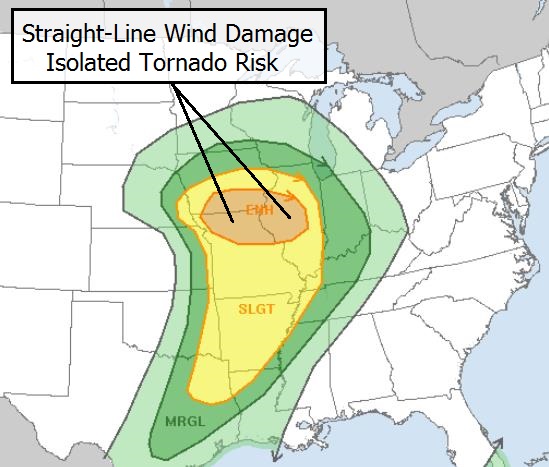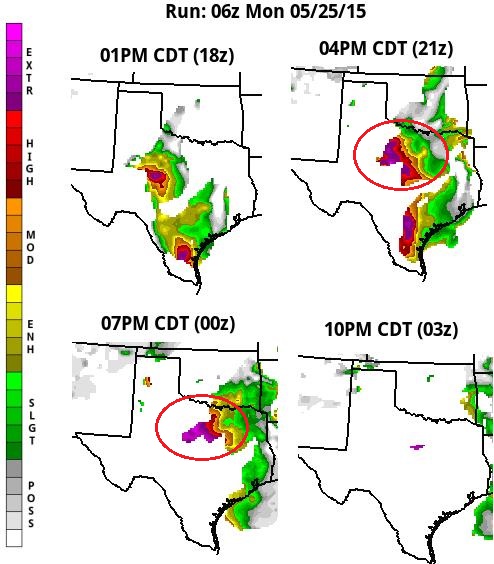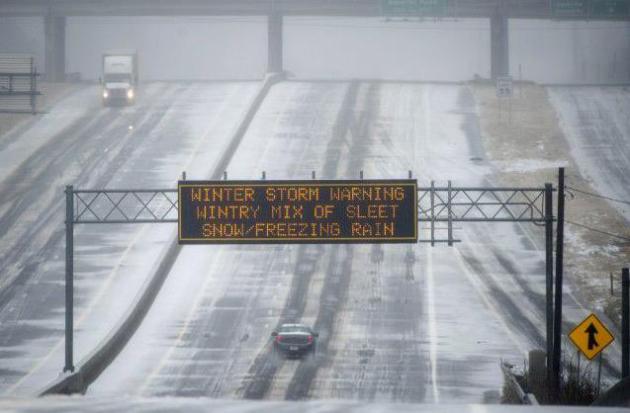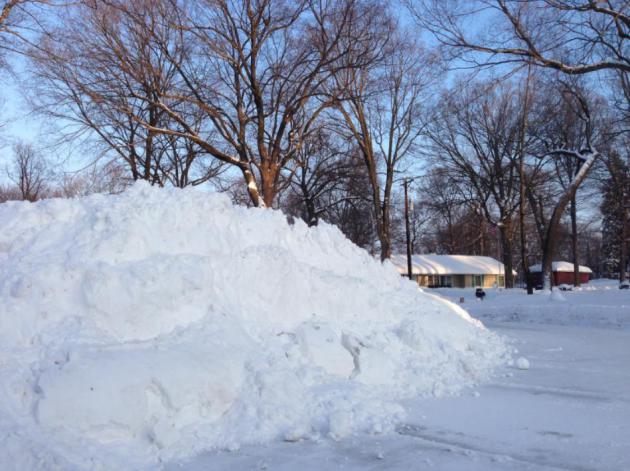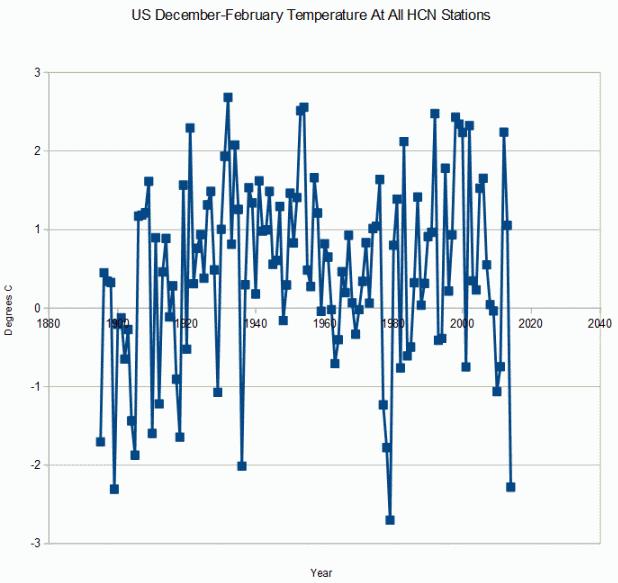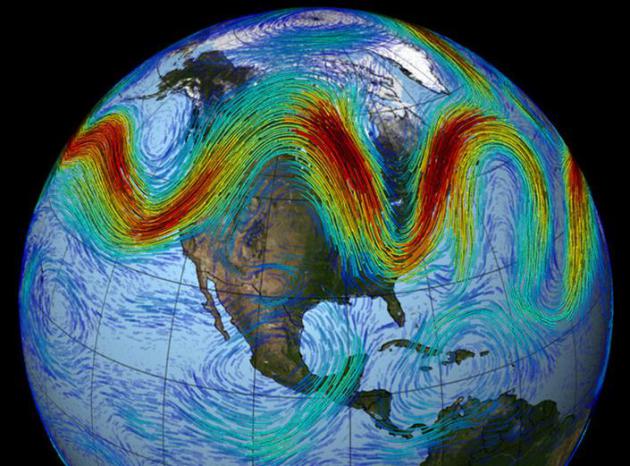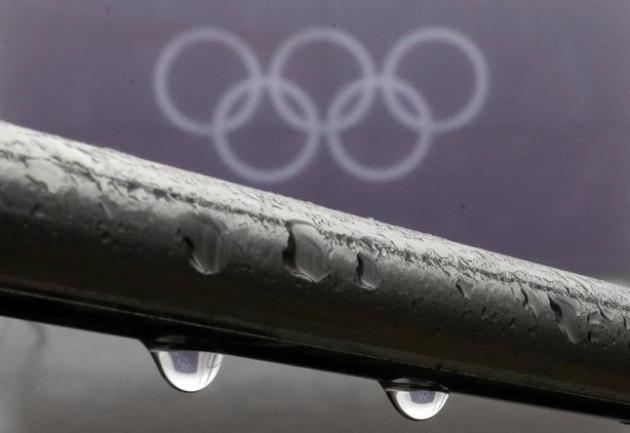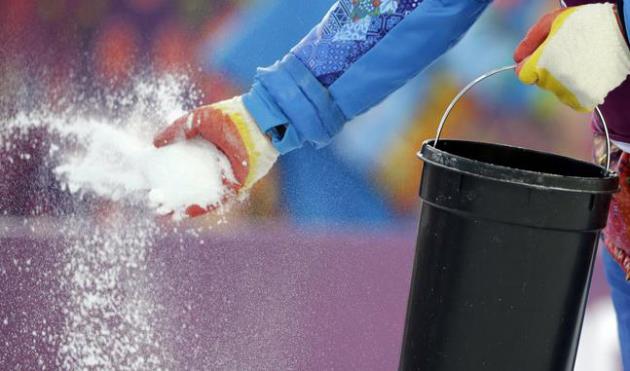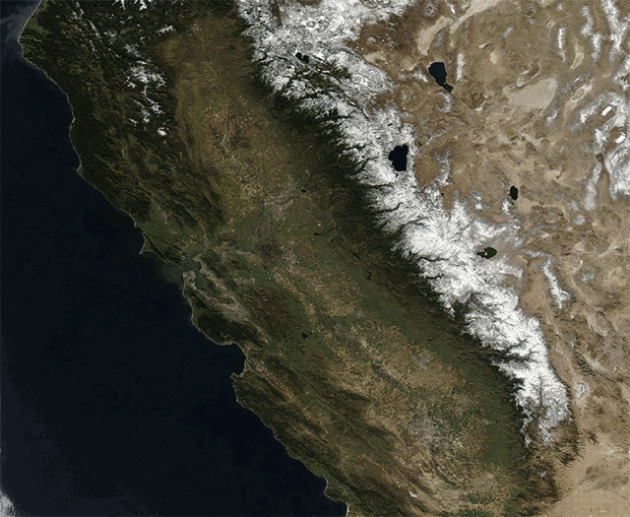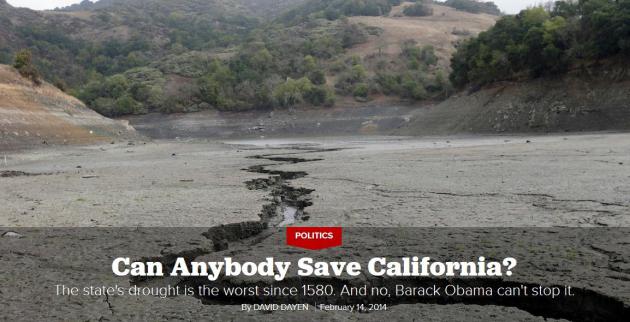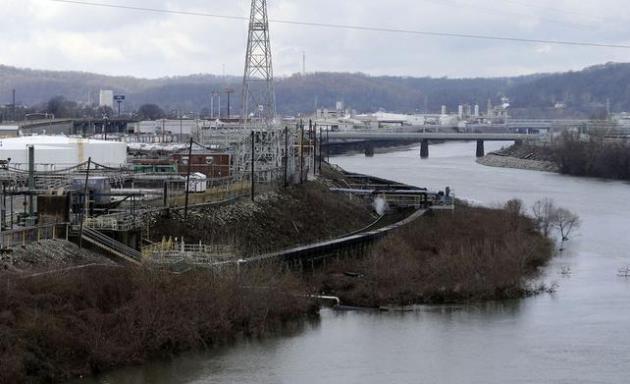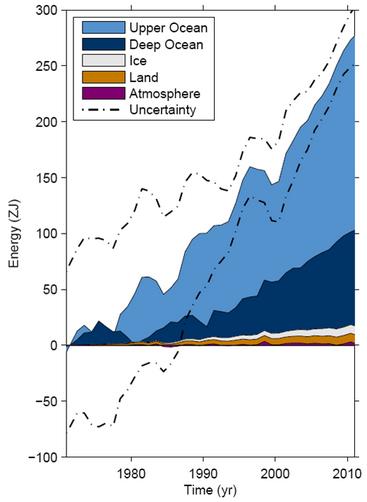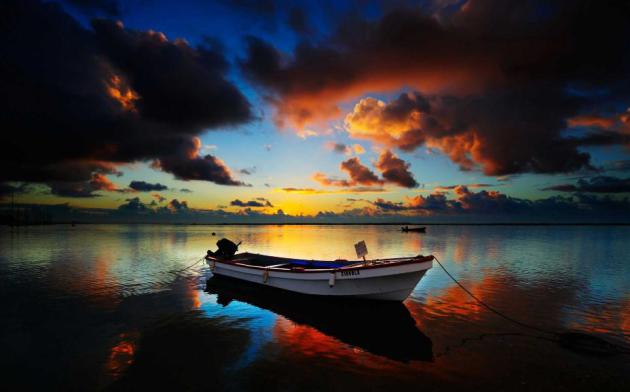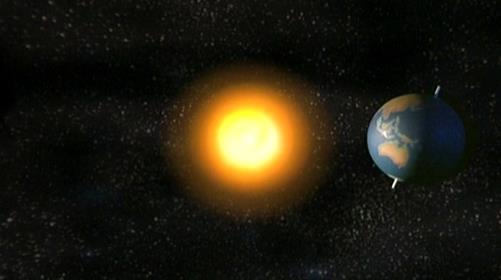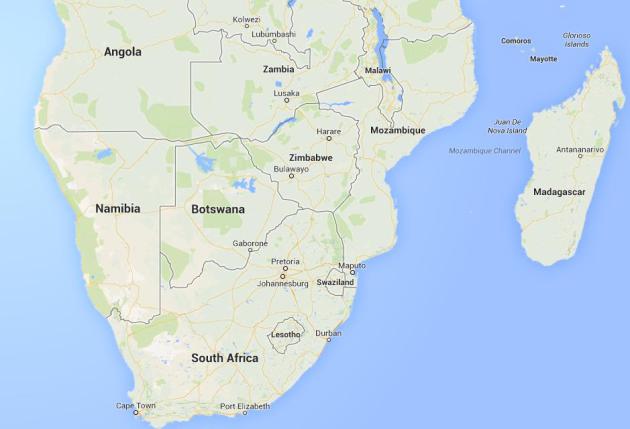Grumble Factor
Perspective.
It's hard to come by when you're hip-deep in snow. 47" snow so far; the
43rd snowiest winter on record, to date. 44 subzero nights, the most
since 1981-82.
Looking at a Misery Index that measures snow &
cold this isn't even close to rough Minnesota winters of the late 70s.
But much harsher than most winters since 1998.
My lead programmer
reminded me of the "Grumble Factor", the number of days between
measurable snow events during the warm weather season. During the record
warm year of 2012 we went from March 8 to November 12 without slush.
Last year? May 3 to November 3, almost 2 1/2 months less snow-free
weather.
Ouch.
Many Minnesotans were already grouchy about last year's abbreviated summer, now this.
Here,
let me cheer you up. A Blizzard Watch is posted south and east of the
Twin Cities Thursday. A plowable snowfall is expected, maybe as much as
3-8", but an even bigger concern is 25-40 mph winds, capable of
blowing/drifting, especially from Mankato and La Crosse to Eau Claire.
If you plan on driving south/east of MSP Thursday into early Friday
expect treacherous travel.
A thaw lingers into Thursday but colder weather returns next week. 3-4 more subzero nights? Yes, but no school-closing cold.
* thanks to
Steve Burns, who snapped the photo above along the North Shore on Sunday.
Alerts Broadcaster Briefing: Issued Tuesday night, February 18, 2014.
*
First significant severe thunderstorm risk Thursday from the Ohio
Valley into the Mid South and Tennessee River Valley. Slight risk from
SPC, meaning probable squall line with damaging straight-line winds,
1-2" diameter hail, and a few (isolated) tornadoes.
* Blizzard
potential late Thursday into early Friday from Iowa into eastern
Minnesota and western Wisconsin as a powerful storm winds up, producing
blowing and drifting problems from near Des Moines and Waterloo, Iowa to
Rochester, the Twin Cities, Duluth, La Crosse andEau Claire, Wisconsin.
Blizzard Watch.
The concern is not only falling snow, but 20-40 mph sustained winds
whipping up the considerable snow already on the ground, especially
northeast Iowa, eastern Minnesota (including the Twin Cities and Duluth)
and much of Wisconsin. The worst travel conditions and potential for
airline delays will come Thursday afternoon into Friday morning for this
region.
Snowfall Potential.
These numbers will change as new model data arrives and the final track
crystallizes. There is certainly a potential for (very) plowable
amounts of snow, especially eastern and northern Minnesota and far
western and northern Wisconsin, where visibilities may fall close to
zero at times in falling/blowing snow Thursday night into early Friday.
Conditions improve PM hours Friday.
Thursday Severe Thunderstorm Risk.
SPC has issued a slight risk - right now I do not expect a widespread
tornado outbreak, but we can't rule out a few smaller, EF-0 to EF-1
tornadoes, especially south of the Ohio River. Storms may exceed severe
storm criteria from near Chicago to Indianapolis and Columbus, with 1-2"
diameter hail and locally heavy rain capable of flash flooding. With
frost still in the ground there is a heightened risk of stream and river
flooding, especially across the Ohio Valley by late week.
TPI:
Tornado Potential Index. Our in-house models show a heightened risk of
supercell T-storms capable of (isolated) tornadoes, especially Bowling
Green and Louisville southward to Nashville and Huntsville by Thursday
evening. I expect mainly linear T-storms capable of 50-70 mph wind gusts
and sporadic tree damage and power outages; hail may reach 1-2" in
diameter. A couple of EF-2 tornadoes can't be entirely ruled out.
River Flooding Potential.
Although rainfall amounts probably won't be heavy enough for widespread
river flooding, the combination of melting snow, lingering frost in the
ground and .5 to 1.5" amounts may create minor to moderate flooding of
urban areas and small streams and rivers, especially Champaign-Urbana to
Indianapolis, South Bend and Toledo, according to NOAA guidance.
Summary:
Tornadoes are possible, climatologically, much of the winter along the
Gulf Coast. By late February the risk shifts northward as temperatures
warm and 60-degree dew points begin to surge north. We'll have many of
the ingredients for severe storms Thursday; more linear (squall line)
than supercellular, but a few isolated tornadoes are possible with this
outbreak. The greater risk is straight-line wind damage and large hail.
Farther
north, deeper in the cold air, a rapidly intensifying storm will drop
heavy snow over the Upper Midwest with blizzard potential by Thursday
night from near Des Moines to Rochester, the Twin Cities and Duluth,
along with much of western Wisconsin. We'll keep you posted.
Factors That Go Into Flood Forecasting.
As temperature continue to thaw, and rain storms track farther north,
the potential for river flooding will increase. That growing risk, and
another whopping case of weather-whiplash, are the subjects of today's
edition of
Climate Matters: "
WeatherNationTV
Chief Meteorologist Paul Douglas goes over yet another case of weather
whiplash across the United States. Some areas with a decent covering of
snow could see strong to severe storms move through the area on
Thursday. What does ground frost have to do with flooding concerns?"
A Little Subzero Icing On The Cake?
After 44 nights of negative fun many of us have stopped counting. I
suspect we'll see 3-4 more nights below zero the first half of next
week, but not the intensity of cold we enjoyed a few weeks ago. Enjoy
the thaw. ECMWF guidance: Weatherspark.
The Official Forecast Of The U.S. Government Never Saw This Winter Coming. Did I mention that weather forecasting, especially long-range weather forecasting, is a humbling endeavor?
Bloomberg Businessweek has the story; here's the introduction: "
Surprised
by how tough this winter has been? You’re in good company: Last fall
the Climate Prediction Center of the National Oceanic and Atmospheric
Administration predicted that temperatures would be above normal from
November through January across much of the Lower 48 states. This
graphic shows just how wrong the official forecast of the U.S.
government was.The big red blotch in the top map represents parts of the
country in which the Climate Prediction Center forecast above-average
temperatures. The frigid-looking blue blotch in the bottom
“verification” map shows areas where temperatures turned out to be below
average..."
Winter Weather Update. Thanks to
Climate Nexus; here's an excerpt of a recent press release: "
The
Eastern United States is one of the only parts of the globe that was
colder than average this winter. This is because cold Arctic air is
normally confined by the jet stream, but the anomalous waves and shifts in its position (which also influenced other events on this list) allowed pockets to escape and move south. Warm air moved into its vacated position, causing the crazy situation on Jan 26: Homer, Alaska was warmer at 54ºF
than any part of the country except southern Florida and southern
California. The South was completely unprepared for the unusual
snowstorms, resulting in logistical fiascos like the traffic jam in
Georgia that left some stranded for over 12 hours."
Are Crime And Clime Linked? A Potential Upside To A Lousy Winter. Grasping at straws? Perhaps, but this story at
The San Jose Mercury News
includes research that has been substantiated elsewhere. It turns out
criminals aren't fond of the wind chill either. Here's an excerpt: "...
Researchers
have long studied the correlation between weather and crime.
Anecdotally, it appears as though there's some truth to the old idea
that violence calms during cold weather and spikes when it's warm.
“There is some evidence that hot weather, particularly hot, humid
weather is related to upticks in violent crime,” said Jay Corzine, a
sociology professor at the University of Central Florida.
“If the weather gets really cold, if anything there is a decrease in
street crime, because there aren't as many people in the streets . . .
potential offenders don't like to be outside much, either...”
Photo credit above: "
A
Georgia Department of Transportation sign warns drivers of winter
weather as they travel a bleak section of Highway 141 on Wednesday, Feb.
12, 2014, in Norcross, Ga." (John Amis/AP).
Arthritis Pain May Be Affected By Weather, Study Says.
I've seen numerous papers linking a possible uptick in arthritis with
rapidly changing weather conditions, including sudden swings in
barometric pressure.
Fox News has the story; here's the introduction: "
For
people with osteoarthritis of the hip, pain levels tracked with the
weather over the course of a small two-year study, Dutch researchers
say. They looked at reported pain levels in a previous study of
arthritis, then went back to weather records to document the conditions
each day. It turns out the participants' aches were just a little worse
and joints just a little stiffer when humidity and barometric pressure
levels rose..."
Is The Harsh Weather Affecting The Housing Market? Here's a clip from a story at
The Houston Chronicle: "
As
the housing market has slowed down in the winter months, many people
assume the weather is a major factor. It is safe to say that there are
fewer home shoppers during this time of year, as CF Funding
mentioned previously. With the snow and cold that the Midwest has been
experiencing, this winter is even more difficult than usual to buy or
sell a home. However, some economists are worried that the weather may
have very little to do with the slowdown, suggesting that the market
could be performing poorly for other reasons, such as low inventories
and rising interest rates..."
Third Coldest U.S. Winter On Record For USA? Here's an excerpt from
Steven Goddard: "
If February ended today, this would be the third coldest winter on record in the US, after 1979 and 1899."
Warming Arctic May Be Causing Jet Stream To Lose Its Way. Echoing trends I've been seeing since roughly 2010-2011,
NPR
reports on how changes in far northern latitudes may be showing up in
the skies floating above your house; here's an excerpt: "...
The
temperature difference between the Arctic and lower latitudes is one of
the main sources of fuel for the jet stream; it's what drives the winds.
And because the Arctic is warming so fast, that temperature difference
is getting smaller, and so the fuel for the jet stream is getting
weaker," Francis says. "When it gets into this pattern, those big waves
tend to stay in the same place for some time. The pattern we've seen in
December and January has been one of these very wavy patterns..."
Image credit above: "
The
jet stream that circles Earth's north pole travels west to east. But
when the jet stream interacts with a Rossby wave, as shown here, the
winds can wander far north and south, bringing frigid air to normally
mild southern states."
NASA/GSFC.
At Sochi Olympics, Finding Risk Is Snow Problem.
No shortage of lukewarm slush on the slopes of Sochi. In the city of
Sochi itself there are days when I ask myself "Winter or Summer
Olympics?" Here's an excerpt from
The Washington Post: "
The
snow around here looks like soup, a creamy bisque that seems harmless
enough until the athletes plunge into it and find the hard crags of the
Caucasus beneath, which is when the medics race out. The sounds of the
Sochi Games are a whack and the clatter of boards and skis, followed by
wails — or worse, a terrible stillness. The mounting crash toll includes
a broken back, a broken jaw and an assortment of head injuries. The
logo for this Olympics ought to be a stretcher..."
Photo credit above: "
Rain
drops hang on a railing at the 2014 Winter Olympics, Monday, Feb. 17,
2014, in Krasnaya Polyana, Russia. After days of warm weather at the
Sochi Olympics, fog up in the mountains is causing an even bigger
disturbance.Thick fog rolled in over the mountains in Krasnaya Polyana
on Sunday night and was still lingering on Monday, and the limited
visibility forced organizers to delay a biathlon race and cancel the
seeding runs in a snowboard event." (AP Photo/Kirsty Wigglesworth).
A Mad Dash For Salt Rescues Olympic Slopes. This sounds like the plot for a (bad) made-for-TV-movie of the week, but it's true. Here's an excerpt from
The New York Times: "...
Homeowners
use salt to melt ice on the sidewalk, but Alpine experts cleverly use
it to overcome soft snow conditions when a hard, icy surface is
preferable. The salt melts the soft snow, and when the temperature drops
— usually overnight — a layer of ice forms. Large-grain salt, about
five millimeters in size, is best for soft, deep snow, because it drops
farther into the snow and lasts for days, not hours..."
Photo credit above: "
A
referee throws salt on the track prior to the men's biathlon 20k
individual race, at the 2014 Winter Olympics, Thursday, Feb. 13, 2014,
in Krasnaya Polyana, Russia." (AP Photo/Lee Jin-man).
The Terrible Effect Of One Year Of California's Drought Seen From Space.
Gizmodo has the year-to-year contrast from space; here's a clip: "
Here's the effect of one entire year of drought in California,
going from February 15, 2013, to February 16, 2014, as seen from NASA's
Terra satellite. It's really scary to see the land die like
this—especially after you read what NASA has to say about it..."
Can Anybody Save California? Politico has the article; here's an excerpt: "...
The
mega-drought is pitting farmers against fishermen, north against south
and, of course, Democrats against Republicans. But that’s frequently the
case in California, which has battled for more than a century over how
to allocate too little water for too many people. The dry landscape adds
another layer of rancor, and with the planet heating up and fueling
bigger, longer and more severe droughts, that’s likely to be a permanent
fixture. How state and federal lawmakers respond to the crisis could
offer a window into how the United States writ large will react to
climate events in real time—and so far, the politics appear too small
for the task..."
Water In America: Is It Safe To Drink?
Minnesota has been blessed with clean lakes, streams and acquifers -
something none of us should take for granted. In light of the recent
contamination of drinking water supplies in West Virginia here's an
excerpt of a story at
National Geographic Daily News: "...
We often don't think about where our water comes from," said Steve Fleischli, director and senior attorney for the Natural Resources Defense Council
(NRDC) Water Program in Los Angeles. "Does it come from a nearby river
or a lake, intermittent streams, isolated wetlands, or an aquifer? Yes,
you may have a water treatment plant, but if your water source is not
protected, people face a real risk..."
Photo credit above: "
A chemical plant sits along a branch of the Kanawha River in South Charleston, West Virginia, site of a recent coal slurry spill." Photograph by Steve Helber, AP.
Why Do People Get Drunk?
Because they can. But let's built a (fake) bar and find out, turn it
into a "research project". Uh huh. A university in Britain is doing just
that, as reported by
The London Evening Standard; here's an excerpt: "
A University has spent £20,000 building a mock pub for students to investigate why people get drunk.
Researchers at London South Bank University are looking into how much
people choose to drink and how willing drinkers are to take risks as
their alcohol consumption increases. Hidden cameras and microphones will
be used to monitor behaviour as volunteers are given free drinks, some
of which will smell of ethanol but be alcohol-free..."
4 Sales Strategy Lessons From House Of Cards. Yeah, I'm hooked, up to Episode 12 of Season 2. Thank you Netflix. Here's an excerpt of a well-timed article from
LinkedIn that made me do a double-take: "...
Underwood
is known for his particularly ruthless political tactics, but he
ultimately gets his way through sheer determination. While we don’t
endorse any under-the-table dealings, sales professionals can still take
a few lessons from Underwood when looking to advance their goals. Keep
these 4 thoughts in mind when structuring your sales strategy:
1). Know (and grow) your network
In season one, Underwood served as the Democratic House Majority Whip under a new White House administration...."
Loneliness Is Killing Us - We Must Start Treating This Disease. Here's an excerpt of a story at
The Guardian that made me do a double-take: "
That
loneliness is a health issue would not have been a surprise to Mother
Teresa who once said: "The biggest disease today is not leprosy or
cancer or tuberculosis, but rather the feeling of being unwanted,
uncared for and deserted by everybody." But now doctors have quantified
the effects of the loneliness disease, warning that lonely people are
nearly twice as likely to die prematurely as those who do not suffer
feelings of isolation. Being lonely it seems, is a lot more worrying for
your health than obesity..."
1 in 4 Americans Don't Know That Earth Orbits The Sun. Yes, Really. Good grief - nice to see those high school diplomas and college degrees are paying off.
Discovery News has the details; here's a clip: "...
And then, today, the National Science Foundation (NSF) delivered news of a pretty shocking poll result:
around one in four Americans (yes, that's 25 percent) are unaware that
the Earth orbits the sun. Let’s repeat that: One in four Americans —
that represents one quarter of the population — when asked probably the
most basic question in science (except, perhaps, “Is the Earth flat?”
Hint: No.), got the answer incorrect..." (Graphic above:
scienceblogs.com).
Here's How To Predict The Weather Using Your Cat.
Who needs Doppler or the ECMWF when you have Tabby wandering around
(sulking most of the time). Hey, I'm up for anything - that works.
Here's a clip from
Time Magazine: "...
In his book Weather Proverbs, unearthed
by NPR, Dunwoody documents a long list of widely-held folk beliefs
about weather predictions, including signals from bears, foxes, and
goats, but he particularly focuses on cats. Here’s what you should look
for.
- When cats sneeze it is a sign of rain.
- The cardinal point to which a cat turns and washes her face after rain shows the directing from which the wind will blow.
- When cats are snoring foul weather follows..."
Photo credit: "
This cat is predicting a storm." Photographer: brokinhrt2/Flickr.

Climate Stories....
Is Climate Change Causing Extreme Weather? Experts Disagree. Most climate scientists believe there is a potential link, but more research is needed. Here's a link to an interview at
Colorado Public Radio.
Photo credit above: "
Flood devastation to County Road in Berthoud, Colo. in September 2013." Photo courtesy of Lornay Hansen.
Global Warming: Ice Loss Makes Arctic Itself A Bigger Climate Changer. Check out the video in this story at
Christian Science Monitor; here's an excerpt: "
A
long-term darkening of the Arctic region – occurring as sea ice
retreats in the face of warmer summers – has been a stronger contributor
to global warming during the past 32 years that previously estimated,
according to a new study. The Arctic's contribution over this period is
about 25 percent of the warming the climate has undergone from carbon
dioxide (CO2) emissions alone, say the researchers. That's "considerably
higher" than estimates from climate models or from studies that use
less-direct methods of measuring, they have found..."
Image credit above: "NOAA
distributed this photo of Arctic ice in December 2013. The Arctic isn't
nearly as bright and white as it used to be because of more ice melting
in the ocean, and that's turning out to be a global problem, a new
study says. With more dark, open water in the summer, less of the sun's
heat is reflected back into space, so the entire Earth is absorbing more
heat than expected." Photo: NOAA/AP.
Flood devastation to County Road in Berthoud, Colo. in September 2013.
(Photo: Courtesy of Lornay Hansen)
- See more at: http://www.cpr.org/news/story/climate-change-causing-extreme-weather-experts-disagree#sthash.azWX2xgV.dpuf
Are
all these events just Mother Nature cycling through her natural mood
swings? Or is it, as some scientists suggest, that the human influence
on our climate is causing these weather catastrophes?
Kevin
Trenberth, a distinguished senior scientist at the National Center for
Atmospheric Research, and environmental scientist Roger Pielke Jr.,
director of the Center for Science and Technology in Boulder, disagree
on the answer.
- See more at: http://www.cpr.org/news/story/climate-change-causing-extreme-weather-experts-disagree#sthash.azWX2xgV.dpuf
Warming From Arctic Sea Ice Melting More Dramatic Than Thought. Here's an excerpt of a post at
LiveScience: "...
Now,
scientists based at the University of California, San Diego have
analyzed Arctic satellite data from 1979 to 2011, and have found that
average Arctic albedo
levels have decreased from 52 percent to 48 percent since 1979 — twice
as much as previous studies based on models have suggested, the team
reports today (Feb. 17) in the journal Proceedings of the National
Academy of Sciences. The amount of heat generated by this decrease in
albedo is equivalent to roughly 25 percent of the average global warming
currently occurring due to increased carbon dioxide levels, the team
reports..."
Image credit above: "This pristine photo of Arctic sea ice
was taken by scientists from the Alfred Wegener Institute for Polar and
Marine Research in German. In the summer of 2012, the researchers
journeyed to the high Arctic to investigate the physics and biology of Arctic sea ice. The scientists also monitored reactions of the deep sea ecosystem to changes in sea ice cover."Credit: Stefan Hendricks, Alfred Wegener Institute.
While Britain Floods, Politicians Debate Climate Change.
Time Magazine
has a good overview of historic flooding gripping the U.K., and how
it's unleashed a political firestorm of debate. Here's a clip: "
Britons
are normally never more comfortable than when talking about the
weather, but recent extreme weather events have began to test that
theory. Since December, the U.K. has faced a relentless assault from
some of the worst winter weather on record. It began with the worst
storm and tidal surges in 60 years hitting the North Sea coastline,
floods that ruined Christmas for thousands across Surrey and Dorset and
in January, the most exceptional period of rainfall since 1766. The
deluge has transformed swathes of southern England into cold, dark
lakes, destroying homes and businesses, and in some cases taking lives..."
Photo credit above: "
Flood
water surrounds homes in Shepperton, Surrey, England, as Royal
Engineers are now being tasked to carry out a high-speed assessment of
damage to the UK's flood defense infrastructure, Sunday, Feb. 16, 2014.
The military could have been brought in earlier to help deal with the
winter storms that have been wracking Britain, a Cabinet minister has
admitted. As the weather finally gave the country a respite, Defence
Secretary Philip Hammond defended the Government's handling of the
crisis." (AP Photo/PA, Steve Parsons).
More Heat Is Going Into The Ocean. Really.
The experiment continues, and we're not really sure how the deep-ocean
heating will manifest itself with weather. Here's an excerpt of a post
from
Simon Donner: "
You may have heard climate scientists, myself included,
state that “global warming” has indeed continued with little
interruption over the past 10-15 years, but that more of the heat
trapped in the climate system by greenhouse gases has been “going into
the ocean”. This is not the rhetoric of irrational climate alarmists.
This is what the measurements show. The human enhancement of the
greenhouse effect has reduced the outgoing radiation to space and increased the energy content of the climate system, as is shown on the graph (above)...."
Graphic credit above: "
Change in energy content of different components of the climate system." (IPCC, 2013).
You Don't Have To Live On A Coast To Get Flooded Out By Climate Change. The African nation of Zimbabwe is experiencing record floods; here's an excerpt from
Grist: "...
The crisis has prompted the country’s leaders to plead for international aid. They are asking for $20 million of assistance to evacuate more than 2,000 families living
downstream from the Tokwe-Mukorsi dam, which is so overladen with water
that experts fear it is about burst. Such floods may be a symptom of
climate change, which is also ravaging the impoverished country with rising temperatures and increasingly frequent droughts..."
Map above: Google Earth.
Featuring Skeptics In News Media Stories Reduces Public Beliefs In The Seriousness Of Global Warming. Here's an excerpt of a summary of a study from
Stanford University: "
News
media coverage of global warming has often offered “balanced” accounts,
quoting mainstream scientists and skeptics in the same story. Balanced
accounts might be considered admirable efforts to abide by the
journalistic norms of objectivity and fairness.However, critics have
noted that balanced reporting of this particular issue actually conveys a
misleading portrait of the science of climate change, since scientists
endorsing the mainstream view appear to outnumber skeptics.Our study
explored the impact of including skeptical voices in news media
coverage. In particular, we explored whether adding a skeptic to a story
about a mainstream scientist’s views or findings would reduce the
number of people who perceive agreement among scientific experts on this
issue and think global warming is a serious problem..."
Viewpoints: Fracking During The Drought Is Destructive and Irresponsible.
The Sacramento Bee has an Op-Ed that caught my eye; here's a clip: "...
Fracking
is a triple threat to California’s water. Not only does it exacerbate
the climate crisis, it requires mixing vast amounts of water with
harmful chemicals, and it puts our vital aquifers at risk of
contamination for generations. Last week, the green investment group
Ceres released a report that found that 96 percent of fracking wells in
California were drilled in regions under high or extremely high water
stress..."
Photo credit above: "
This Feb. 14, 2014
photo shows a freeway sign in Los Angeles advising motorists to save
water because of the state's severe drought. This week the California
Department of Transportation launched an education campaign with 700
electronic highway boards displaying the message: "Serious Drought. Help
Save Water."
